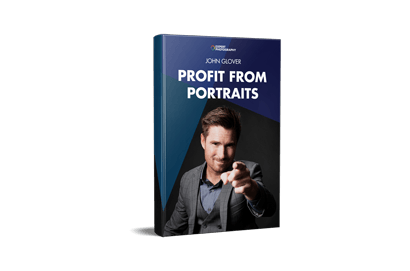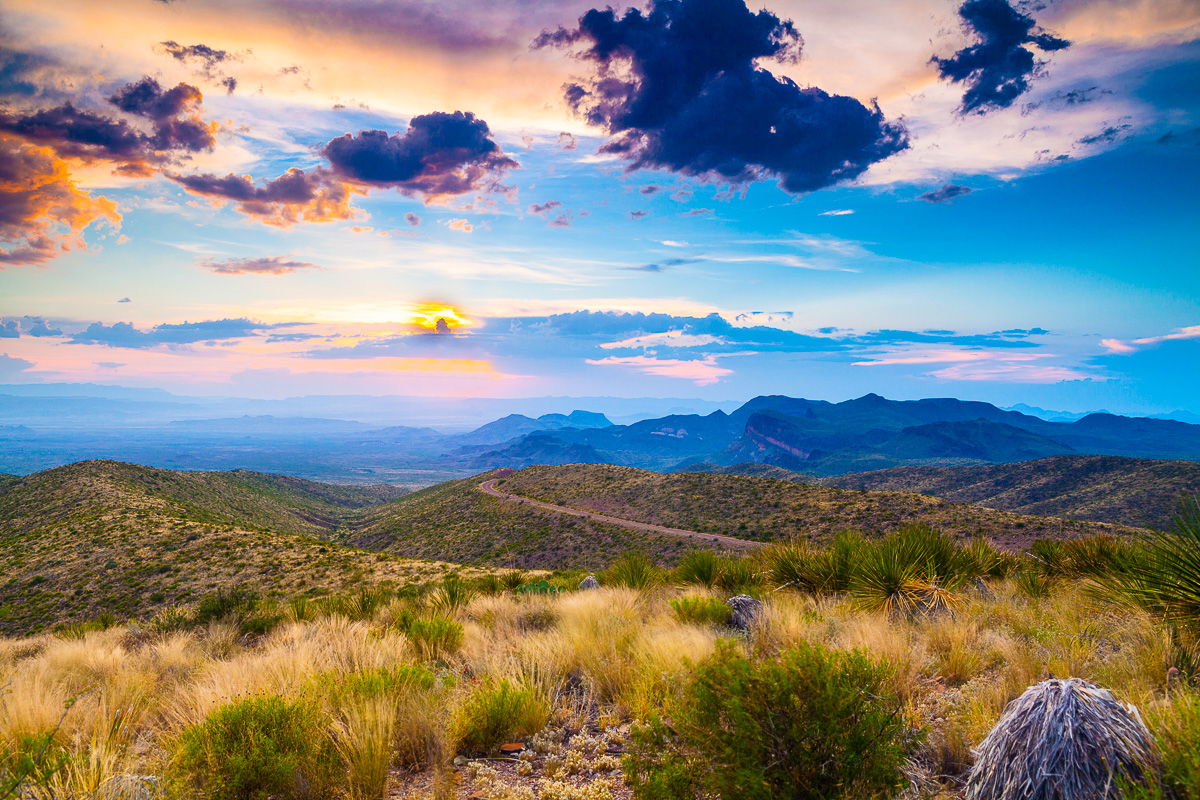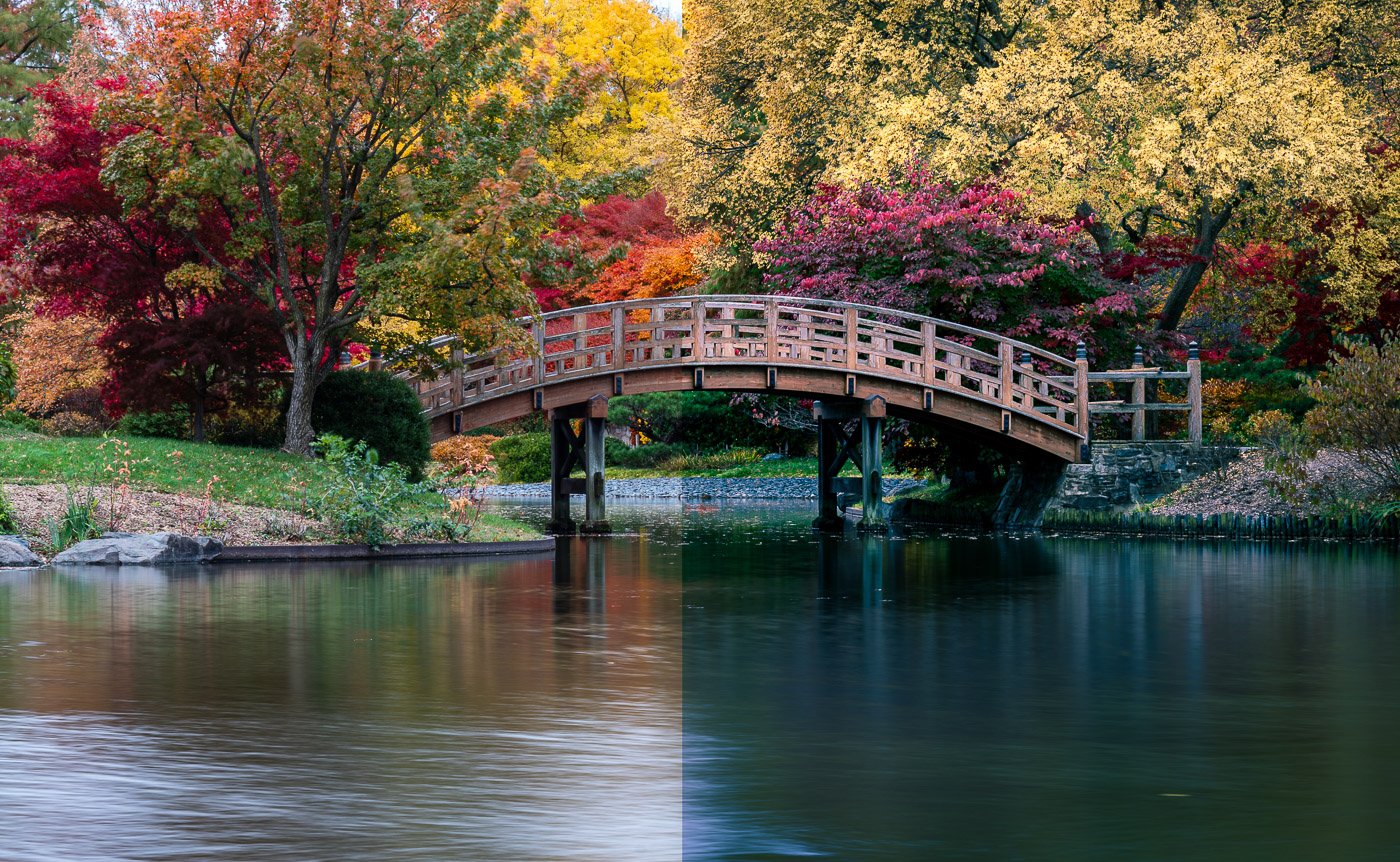How to Make Money With Photography (13 Best Strategies 2024)
Transforming photography from a hobby to a career is not easy, but there are several ways you can make money with photography.
Finding reliable income streams is an essential part of becoming a professional photographer. And while you won’t become a millionaire overnight, you will start to see that money rolling in.
This article looks at the details of making money from photography. Before looking at pricing details, we explore some of the best revenue streams to get started with. Each section has a link in the text that takes you to a full article on that topic, so click to learn more.


If you buy a product through one of our referral links we will earn a commission (without costing you anything). Prices last updated on .
As an Amazon Associate, I earn from qualifying purchases. Product prices and availability are accurate as of the date/time indicated and are subject to change. Any price and availability information displayed on Amazon at the time of purchase will apply to the purchase of this product.
How to Make Money with Photography
There are two main avenues open to professional photographers. They can either provide products such as prints or specific images. Or they can provide a service, like being a wedding photographer.
Thankfully, photographers can take both paths to maximize their income.
You can sell your services as a photographer and you can sell the fruits of your photography. The trouble is finding areas where you can actually make money from photography.
There are plenty of folks out there with a camera, so you need to target clients who are willing to pay you for your work.
This section covers the best niche markets for making money with photography. We have advice on selling landscape photos, selling prints on Etsy, and selling Lightroom presets. Remember to click the links to find out more.
Headshot Photography
Headshot photography is one of the best ways to make money as a photographer. Many people are looking for professional headshots.
Actors need a range of headshot portraits to pass to casting agents. And young professionals often need pro-level headshots for applications, resumés, and marketing material.
You will have some initial out-goings. You’ll need to invest in a good portrait lens, if you don’t have one already. You will also need a lighting setup and a photography backdrop.
You’ll also need a studio space to work in. You can rent a studio, but this will cost you and increase your outgoings. Another option is to turn an already available space into a photography studio.
It doesn’t even have to be an entire room. You can turn one corner into a photography zone. You don’t need much space for headshot photography.
Read more about taking professional headshot portraits by clicking this link.
 © Trevor Marshall
© Trevor Marshall
Selling Landscape Photos
Selling landscape photos can be a great way to make money from your photography.
The key is to have a long-term plan and focus your efforts. Research the various ways to sell your photos, such as through stock websites, prints, or commissioned assignments.
Having the right gear is important, but you don’t need to overspend when starting out. A camera with a high-quality lens, sturdy tripod, and filters should be enough.
To get the best landscape images, shoot during early morning or late afternoon light and use a small aperture for greater depth of field.
Keep up with landscape photography trends by exploring the work of photographers you admire.
Spend time promoting yourself and your work through social media, email newsletters, or even local trade shows.
If you’d like to learn more about selling landscape photos, check out the full article.

Stock Photography
Selling stock photos can be a reliable and steady income source for photographers.
To get started, research what subjects are in demand and plan your shoots around popular concepts like business, technology, and lifestyle. Photograph subjects in new and unique ways to stand out from the competition.
After capturing the images, ruthlessly edit them down to only the best shots. Use programs like Lightroom or Capture One to organize and process your files for optimal quality.
You can even create impossible scenes by combining elements in Photoshop.
To sell your stock photos, you can join a stock agency or market them yourself. Stock agencies handle everything from hosting to sales, but take a percentage of each sale.
Marketing your own photos gives you more control, but requires more work like building a website, finding buyers, and handling transactions.
See our in-depth article to learn more about selling stock photos.

Real Estate Photography
Getting paid to take pictures of houses is a great way to turn your love of photography into a career.
To get started, research your local market to find out what real estate photography jobs cost in your area. You’ll also need to decide if you want to work with interior designers or real estate agents.
Next, create a basic website with sample images and your contact information. Plan out your real estate photography process, including a rate sheet, contract, delivery method, and how to wrap up a project.
Connecting with potential clients is key, so attend in-person social events, spread the word about your services, and use social media to showcase your work.
As you get paid to take pictures of houses, focus on improving your skills and building a steady flow of photo shoots.
With solid research, a professional client process, and visibility online and in person, you’ll be well on your way to a successful real estate photography career.

Travel Photography
Becoming a travel photographer takes hard work and dedication. You need to learn a wide range of photography skills, from landscapes to portraits. Building a strong portfolio of your best travel images is key to attracting clients.
To get started, create a website or blog to showcase your work. You can also sell your images on stock photography sites or as physical prints.
As you travel, look for opportunities to provide photography services to local businesses.
Most importantly, focus on capturing great travel content. The more compelling your photos, the more people will seek out your work.
If you’re passionate about travel photography and willing to put in the effort, you can turn it into a successful career.
To learn more about how to become a travel photographer, check out this in-depth guide.

Selling Prints
Selling photography prints online is a great way to make extra money from your photos. There are many websites that allow you to sell prints, each with their own strengths and weaknesses.
Squarespace is a popular website platform that is easy to use and works on all devices. Fine Art America is one of the biggest marketplaces for selling prints, but has a lot of competition.
Etsy is well-known for selling art and handmade items, and has over 30 million buyers.
You can also sell prints through your own website using plugins like Envira or platforms like Photoshelter, Format, Zenfolio, and SmugMug. These give you more control over your sales and let you keep more of the profits.
We have more information of how to sell photography prints in this article, so click the link for more.

Selling on Etsy
Selling photos on Etsy is a great way to promote your work and earn money. You can sell physical prints, digital downloads, photography resources, or even photo books.
Before setting up your shop, come up with a plan and choose a creative name that represents your business.
When creating listings, upload high-quality photos that stand out. Write informative descriptions and use relevant keywords to help potential customers find your products. Set fair prices that cover your costs while remaining competitive.
Promote your Etsy shop on social media and your website to attract clients. Encourage friends and family to leave reviews to build trust with potential buyers.
With dedication and time, selling photos on Etsy can become a successful venture.
Selling photos on Etsy is a great way to make money from photography.

Selling Lightroom Presets
Selling Adobe Lightroom presets is a great way for photographers to make money. To get started, create presets that give photos a unique look. Emphasize how easy they are to use by showing before and after photos.
Pricing presets can be tricky since they sell for a wide range of prices. Look at other presets to find a general price range, then price your product competitively but on the high side. You can always add a discount or have a sale later.
Market your presets on social media platforms like Instagram. Post photos edited with your presets and include before and after examples.
Busy professional photographers who have many photos to edit will pay for presets that save them time. Amateur photographers may also buy presets to achieve looks they can’t create on their own.
Selling Lightroom presets can be a profitable way to use your photo editing skills.

NFTs
NFT images are digital tokens that represent unique artwork, photographs, or animations. They’re bought and sold online using cryptocurrency, usually on the Ethereum blockchain.
Photographers can turn their photos into NFTs and sell them to supplement their income. The creator keeps the copyright, but the buyer owns the original NFT. Some NFTs have sold for thousands of dollars.
Listing an NFT isn’t free, so photographers need to be confident their work will sell.
Read our full article to learn more about NFT images.

Price Guide
Photography pricing varies depending on the type of photography, the photographer’s experience, and the client’s needs. Professional photographers typically charge $100 to $300 per hour or $75 to $350 per image in the United States.
Rates can be higher for more experienced photographers and lower for beginners. It’s important to consider your operating costs, including equipment, studio rent, software subscriptions, and travel expenses when setting your prices.
Pricing structures also differ based on the photography genre. Event photographers often charge hourly rates, while commercial photographers may have day rates and licensing fees.
Portrait and wedding photographers frequently offer packages with a set number of hours and photos. Real estate photography is usually priced per listing, and product photography is priced per image.
Read our full tutorial on photography pricing to make sure you’re not over-charging or losing out on earnings. We also have articles on other specific aspects of photography pricing, so keep reading to learn more.
Mini Sessions
Mini sessions are short, preset photo shoots that cost less than a full session. They’re a great way for clients to try out a photographer or get quick seasonal photos. The most common mini sessions are based on seasons, holidays, or events.
To plan a mini session, pick a theme, location, and date. Decide how long each session will be and how many clients you’ll book. Set a price that covers your costs and leaves a profit. Require payment up-front to avoid no-shows.
Your workflow is key to a successful mini session. Use a calendar app to avoid double-booking. Have your lighting and location ready in advance.
Decide how you’ll process the photos and follow up with clients. Market your event through local businesses, newsletters, and social media.
Click here if you’d like to learn more about photography mini sessions.

Portrait Pricing
Figuring out your portrait photography pricing is an important step when starting your business. You need to factor in all your costs, including studio space, equipment, travel fees, and taxes. This will help you determine how much to charge per photoshoot to stay profitable.
There are two main paths in portrait photography: shoot and burn, and boutique/fine art. Shoot and burn photographers provide digital images only, often at a lower price point.
Boutique/fine art photographers sell prints, albums, and other high-quality products, resulting in higher profits per session.
Consider how much you want to work and what makes your business unique. Offering special products or services can set you apart from competitors and keep clients coming back.
Learning the business side of photography is also crucial for success. With proper planning and pricing, portrait studios can be very profitable in the long run.
Portrait photography pricing is a key factor in building a thriving photography business.

Print Pricing
Selling photography prints can be a great way to make money from your images. To get started, research what types of photos sell well as prints, such as beautiful landscapes, iconic cityscapes, or wildlife photography.
Choose only your best images to sell as prints. Make sure they are technically perfect and free of any flaws. Consider offering limited edition prints to add extra value to your photos.
Factor in all your costs when pricing your prints, including printing, shipping, and credit card fees. Add a reasonable profit margin to determine your final print prices.
If you’d like to learn more about how to price photography prints, this article provides helpful tips and strategies to maximize your earnings.

Real Estate Pricing
Setting your real estate photography pricing can be challenging. To ensure you’re charging what your work is worth, research your local market and competition. Find out the starting rates and price range in your area.
Consider the quality of work you deliver compared to your competitors. You can charge more in expensive cities versus rural areas.
Talk to clients to find out what they need most, such as fast turnaround times or extras like video tours.
Decide if you want to focus on quality or quantity. You can do fewer high-end shoots that require more time and editing. Or you can streamline your process to do a large number of standard listings.
Be sure to factor in all your time and costs, including client communication, travel, gear, and post-processing.
Our full guide on real estate photography pricing is the best place to start if you’re looking to turn pro.

By accepting you will be accessing a service provided by a third-party external to https://kendallcameraclub.org/